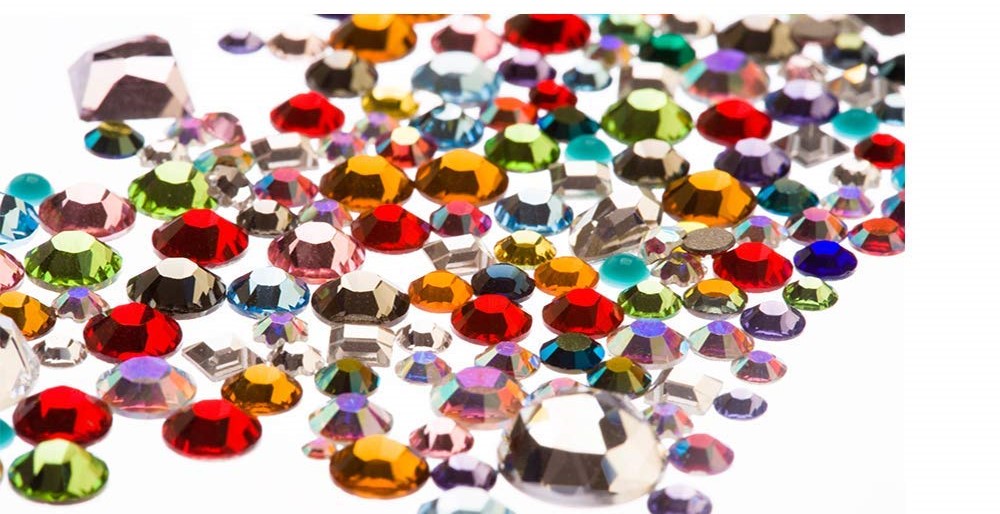glass rhinestones often employ rhinestones, which are pieces of colorless faceted glass, or foil-backed or silvered cut glass, to represent diamonds. The term “Rhinestone” originally referred to gems made from rock crystal mined along the Rhine River in Germany, but the term has since come to refer to any faceted rock crystal. For a similar meaning, see paste.
Diamond Simulant
Man-made diamond, or synthetic diamond, is often created by heating and compressing graphite to extreme temperatures and pressures. Its exceptional hardness, broad transparency (when pure), high thermal conductivity, and high electrical resistance are all present in synthetic diamond.
Managing Substances
Industrial materials are those used to create “hard” goods, such as long-lasting machines and equipment for industry and consumers, as opposed to “soft” goods, which include consumable substances like chemicals, foodstuffs, medications, and clothing, which are typically discarded after use. Jewelry Pieces of jewellery worn as personal adornment, valued both for the skill with which they were crafted and the monetary value of the materials from which they were made.
Preparation Techniques and Materials
In the beginning, people used materials gathered from the natural world, like plants and animals, to create items used for self-adornment. The real embellishment consisted of raw or processed animal materials, while vegetable fibres provided structure.
Metals
When gold was initially found (perhaps in Mesopotamia circa 3000 BCE), its malleability was a completely novel phenomena; the only other substance that could be comparable to it was beeswax, and only when heated to a specific temperature.
Metalwork
Jewelry has traditionally been made using sheet metal, cast metal, and wire (more or less heavy or fine). Methods involving tools are used to manipulate these parts into the desired form.
Gems
Gems, which can be either precious or semiprecious stones, are among the most popular forms of precious material used in jewellery. Amber, pearls, and coral are just a few examples of the precious animal and vegetable products that fall within this category’s broad description.
Gem Characteristics
Diamonds are the most transparent gemstones due to their high refraction index. Indian reserves of diamonds have been recognised since antiquity, and the gem’s limited use in the West began in the late Middle Ages.
Gem Cutting, Setting, and Engraving
Intaglio-incised carving, the oldest method of stone engraving, was likely originally employed to create seals. It is generally agreed that the art form had its beginnings in southern Mesopotamia and had reached its pinnacle of sophistication by the fourth millennium BCE.
Recognize Of Glass Gemstones
Glass may be formed to resemble nearly any gemstone. It may resemble real jewels, but it often has quite different physical and visual qualities.
Brands and Types
In fact, many glass pieces are cut and colored to resemble traditional gems, and some even feature optical effects that could be mistaken for the real thing. Jewelers may utilize them as side stones, focal points, or anything in between. However, if consumers are informed that the pieces are glass, this is not a fraudulent conduct.

